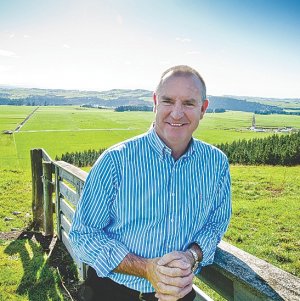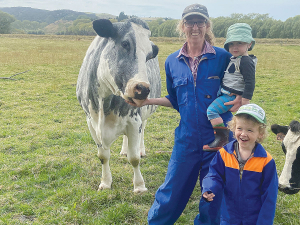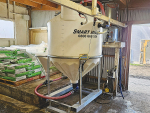Fonterra’s director milk supply Steve Murphy says near the end of the first quarter the season looks as good as, or even slightly better than, last year’s record season. But it’s early days, he points out.
“We have to be careful [making predictions] because it is very early in the season still and we are talking of a very, very small base,” he says.
But “18 months of good dairying weather has the national herd in great shape. Calving probably started a bit earlier than normal after a very strong mating in 2011.
“Last year was a great season and even though we’ve had the wet weather, we could expect just normal genetic gain a year on year will give us an increase. You take that, plus the cows’ good condition, and the calving pattern would appear to be a bit tighter this year because of how good the cows were when we went into mating; so all those things are contributing.”
Latest forecasts put the production peak at mid October. “Things are tracking well…. At this stage we would expect even a small increase on last year.”
As of last week the North Island herd was half-way through calving and the South Island was starting to ramp up. Two weeks of wet weather had made farmers’ lives difficult.
“But prior to that things were tracking very well for the season, with cows in great shape and feed stocks good. We wait to see what the effect of the last two weeks will be on production but at this stage we are not seeing a marked effect.
“We’re still very early in the season and it is hard to separate the effect of the weather burst versus the increased number of cows coming to the sheds.”
Murphy says they won’t have figures on the herd increase until later in the season. “But the flow of milk is not just about numbers of cows but conversions, the condition of cows and what each cow is milking, which probably is the biggest effect and certainly was… last year.”
Despite the rain, some areas such as Hawke’s Bay were reaching 17C “so they are expecting some early spring lifts in pasture growth”.
“North Otago and South Canterbury have hit some big issues with the weather but most of our farmers understand we get weather bombs and are very capable of handling those. Hat’s off to the farmers, they tend to handle it pretty well.” He says there may be some extra calf deaths compared to normal “but I don’t think it is significant”.















